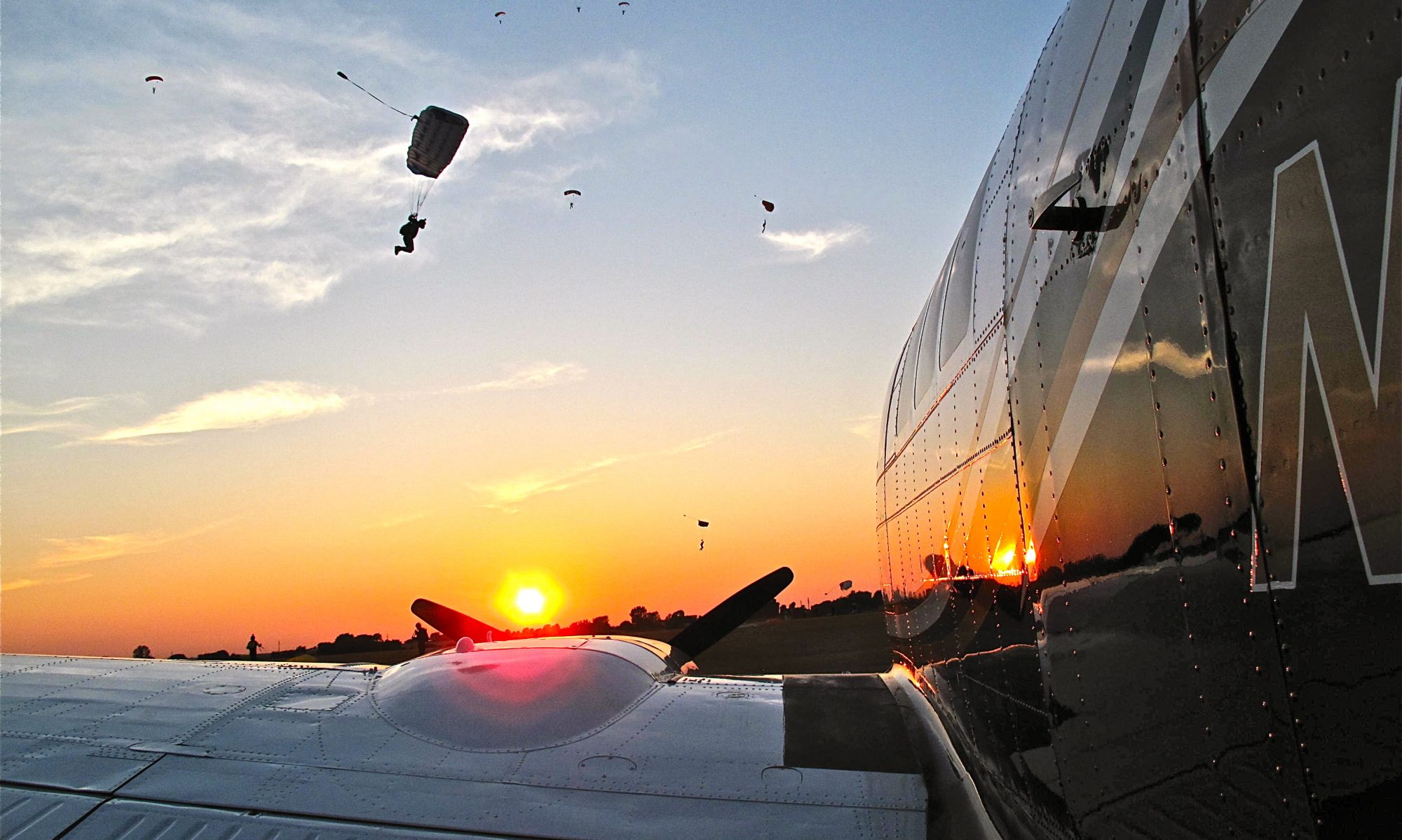Night bombing
By lex, on August 19th, 2007
I think it’s safe to say that while it’s not true that every night bombing hop ends up as a fiasco, it’s also true that a disproportionate number of fiascoes seem to occur during night bombing evolutions. There is something about hurling yourself at the ground at a 45 degree dive angle at 500 knots while chasing HUD symbology towards a successful release on a poorly lit target in the absence of any visual reference cues while the altimeter unwinds like a yo-yo in the presence of mountainous terrain that tends to capture a man’s attention pretty comprehensively. Sometimes? Between attack runs?
It can be hard to pull your head out of the merely personal and rebuild the “big picture.”
My first night bombing hop in the Hornet occurred when I was a junior officer going through training in the Fleet Replacement Squadron many years ago, back as the earth was cooling and dinosaurs roamed the lands. Our instructor pilot and flight lead for the event was a former F-14 jock whose call sign was “Legion.”
Actually, no. But it might as well have been.
You see, back when the Hornet was brand new and the writing was not yet on the wall we got two sorts of instructors from the Tomcat community: Hard charging guys who wanted a chance to be on the leading edge of a new program and people whom the F-14 bubbas didn’t mind losing to the “other” team. Some of the latter guys had “personality issues” and others were merely slackers. Legion fell in the second category, a essentially capable guy whose destiny it was not to be named a superior flight lead. We are not all of us called to greatness.
Our mission was a four-ship “heavy” ordnance mission against the Bravo 17 live impact area in Fallon, Nevada. If we three students were mildly (or otherwise) surprised to discover that we’d be dropping live ordnance for the first time – and that at night – we didn’t show it. I mean, these instructors were pros, right? They knew what they were doing. And anyway, questioning their authority when it came to physical safety was considered borderline wanking.
They took points off for wanking.
Continue Reading:








